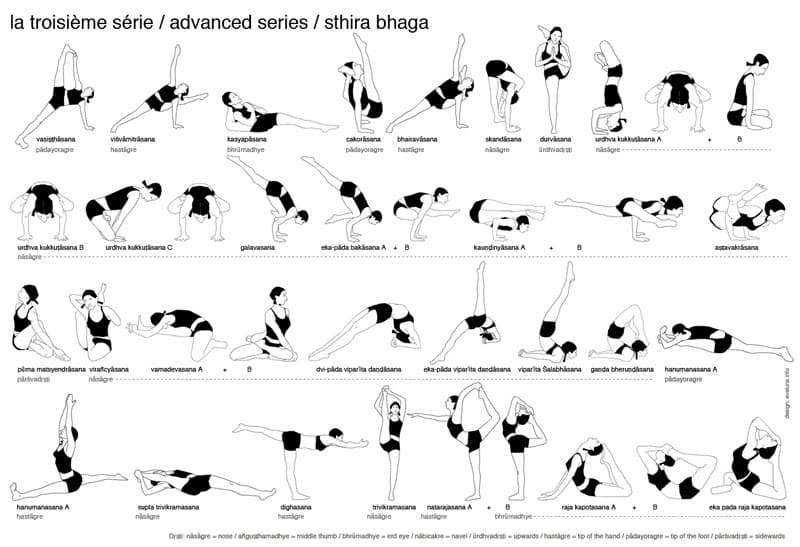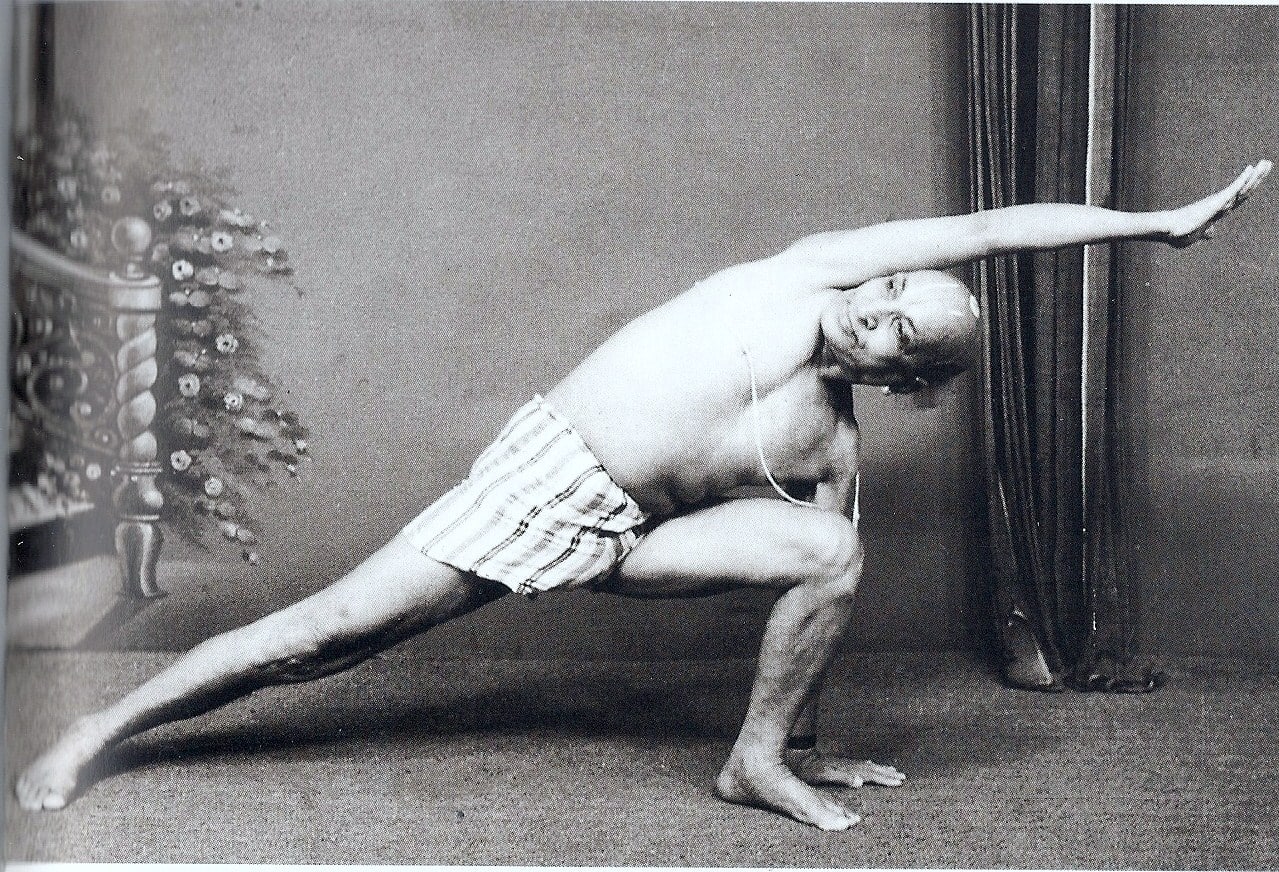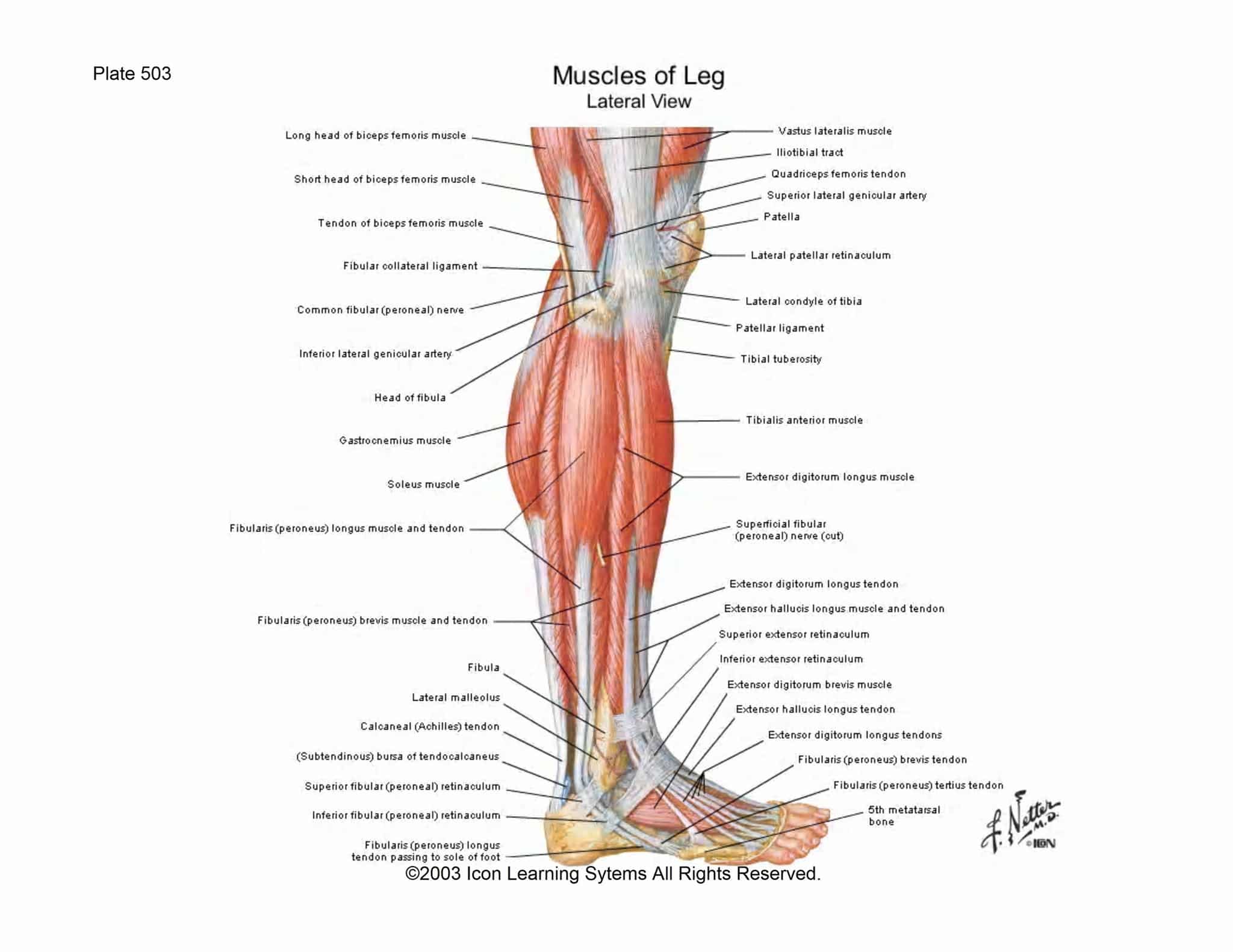The True Meaning of Yoga
Yoga provides exercises and experiences that allow you to experience life more fully and vitally. This means that the breathing exercises, stretches, calisthenics, abdominals, standing poses, back-bend, inversion, spinal twists, and hip-openers that you do during a yoga class are pretty useless by themselves. The idea is that they free you up inside to be … Read more









